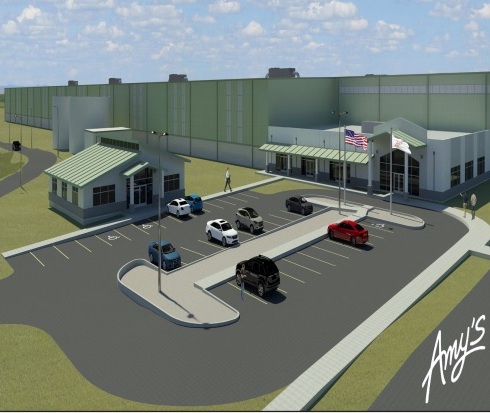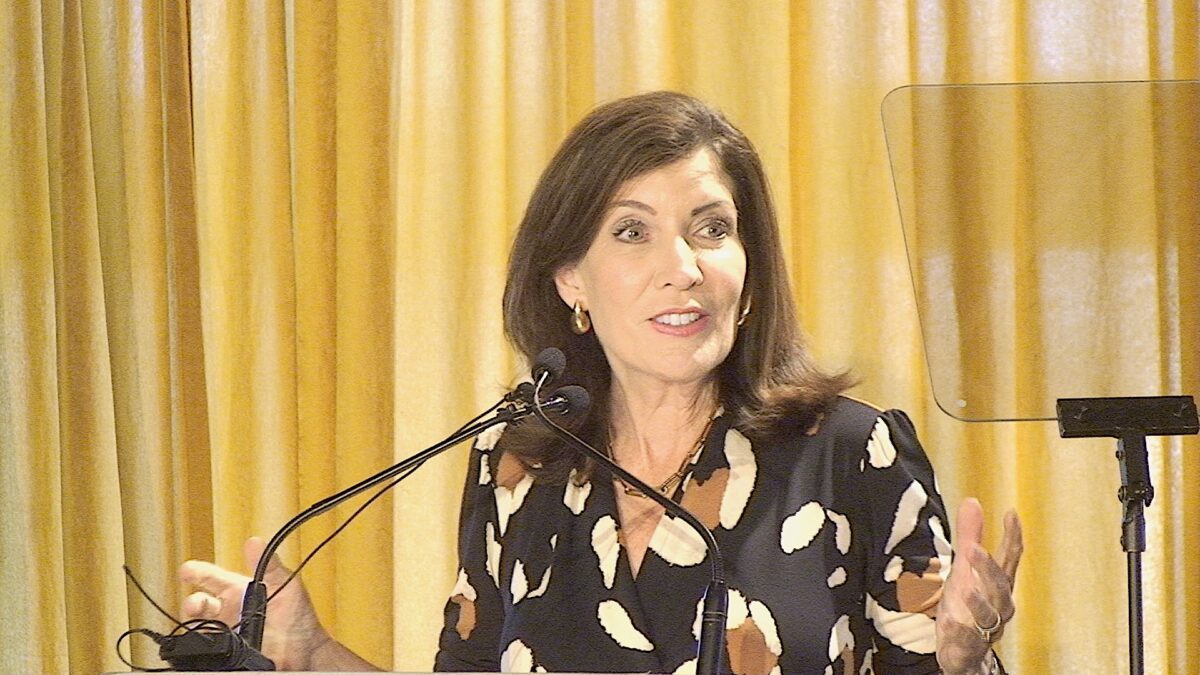Small business owners in New York state say they are less likely to grow in the coming months compared to their counterparts in the rest of the country.
They are less likely to hire. They are more concerned about cash flow. And they have a more negative view of the economy, according to a survey by American Express OPEN payment card company.
What looks like pessimism might actually be realism, especially from respondents in the rough-and-tumble New York City region.
“New Yorkers always feel they are having a harder time,” said Alice Bredin, a small business marketing consultant who analyzed the numbers for American Express. Running a small business in the city “makes you a realist real quickly.”
That”™s because prices are higher, salaries are steeper and competition is more fierce. Small businesses in the metropolitan area must focus relentlessly on costs.
“When I talk to New York City businesses, they are very realistic about what they”™re going to do and what they are not going to do and what”™s too expensive,” she said.
The flip side is that the metropolitan area has many potential customers. Businesses have easy access to travel and supplies. There is an “amazing talent pool and so much energy,” said Bredin, who once ran her company in the city and now operates Bredin Inc. in Cambridge, Mass.
That day in, day out focus on costs also prepares small businesses to quickly seize opportunities.
“It”™s a fantastic place to run a company,” she said. “It”™s also challenging. They are a determined, hard-working bunch with a strong will to succeed.”
So, what”™s their problem?
Overall, New York state businesses were positive. They look negative only by comparison to their counterparts around the country or compared to answers in the same survey a year ago.
Nearly eight in every 10 New Yorkers described themselves as optimists, for instance, but that was 7 percent less than small businesses nationwide.
They were 30 percent more concerned about cash flow, 28 percent less likely to have hiring plans for the next six months and 24 percent less likely to have plans to grow their companies than their cohorts nationally.
Compared to their responses a year ago, the New Yorkers were 38 percent more likely to have cash flow issues and 30 percent less likely to have plans to grow their companies.
Nationally, nearly four in 10 small businesses plan to add staff in the next six months. That”™s a 15 percent increase from a year ago.
The survey reveals several bright trends. Small businesses are 39 percent less concerned about cash flow, for example, and 34 percent more confident that they can get access to capital than they were three years ago.
The fact that small businesses are less reluctant to hire staff is an encouraging sign for the health of the economy, Bredin said.
More nuggets emerged in the wide-ranging survey.
For instance, the issue that will most influence the small business vote in the November elections is the economy (32 percent), followed by tax policy and health care (both 16 percent). Immigration registered at only 6 percent and U.S. troops in Iraq and Afghanistan at a mere 3 percent.
Barely half of business owners pay themselves a salary, but men are 36 percent more likely to take a salary than women and they pay themselves an average of $17,470 more than women pay themselves.
Business owners think they will need, on average, $1.17 million to retire.
While cash flow, access to capital and the state of the economy are vital issues, they are not what small business owners obsess over, Bredin said.
“Most businesses are really focused on customers ”“ getting customers in the door, finding new customers and keeping customers happy. When you”™re sitting around with business owners, that”™s what they talk about.”
The telephone survey was conducted by Ebiquity, a marketing analytics specialist, based on a representative sample of 739 businesses with fewer than 100 employees. There were 77 respondents from New York. The margin of error is 3.6 percent, at a 95 percent confidence level, nationally, and 11.3 percent for the New York numbers.




















